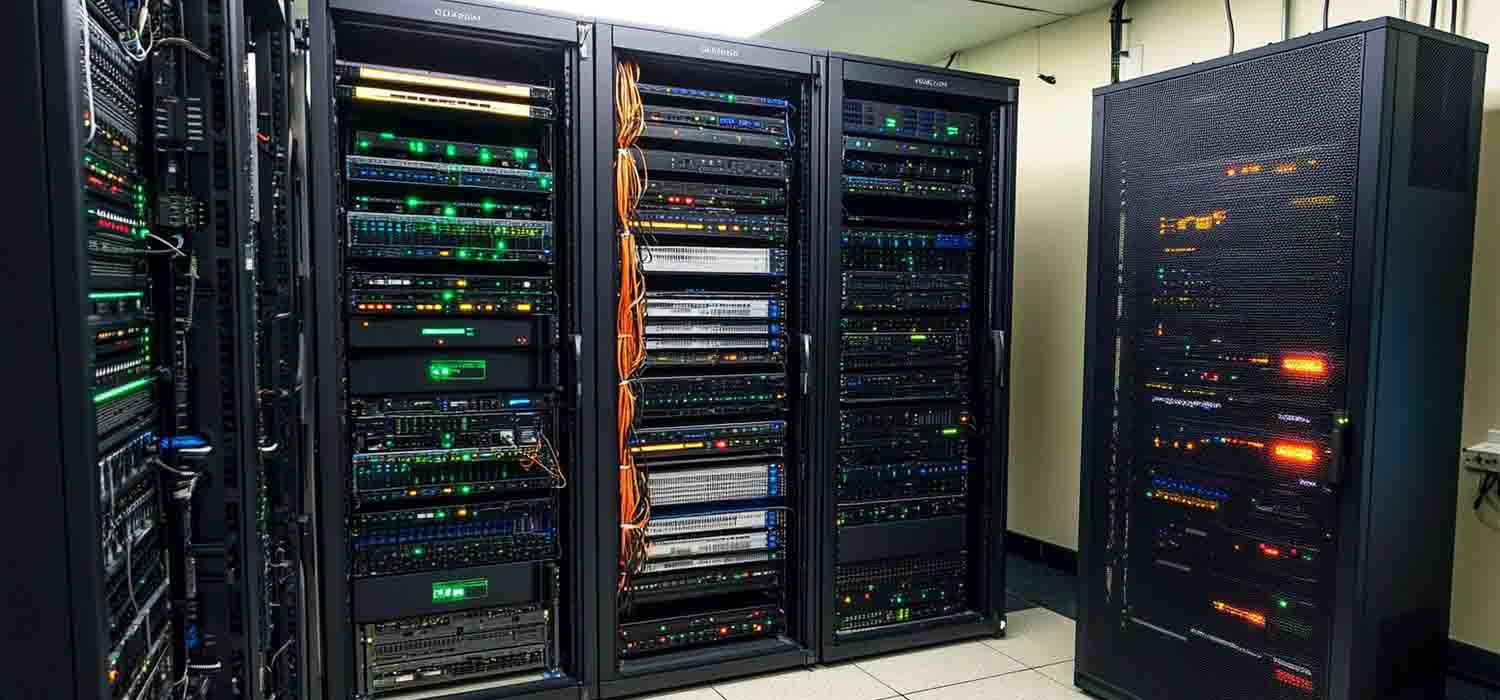July 11, 2025

AI cybersecurity is becoming essential for businesses of all sizes, especially as threats grow more complex. This blog explores how artificial intelligence is transforming cybersecurity, what tools and practices are most effective, and how businesses can use AI systems to improve their security posture. We’ll also cover the benefits of AI, the role of generative AI, and how security teams can use threat intelligence to respond faster to cyber threats.
AI cybersecurity refers to the use of artificial intelligence to detect, prevent, and respond to cyber threats. As cyberattacks become more frequent and sophisticated, traditional tools often fall short. AI helps fill the gap by analyzing large volumes of data quickly and identifying patterns that might indicate a threat.
AI systems can monitor network activity in real time, flag unusual behavior, and even automate responses to certain types of attacks. This reduces the time it takes to detect and respond to incidents, which is critical for minimizing damage. Businesses that use AI technology in their security operations are better equipped to protect sensitive data and maintain overall security.

AI is used in many areas of cybersecurity. Below are some of the most common and effective applications.
AI tools can scan for threats across networks, devices, and cloud environments. They analyze patterns and alert security teams to suspicious activity.
AI algorithms can detect malware by comparing new files to known threats. They can also identify new types of ransomware based on behavior rather than signatures.
AI helps identify phishing emails by analyzing message content, sender behavior, and links. This reduces the risk of employees falling for scams.
AI systems can track user behavior and flag unusual actions that may indicate insider threats, such as unauthorized data access or transfers.
AI can automate routine tasks like log analysis, freeing up security teams to focus on complex issues. This improves efficiency and reduces human error.
AI helps prioritize vulnerabilities by assessing which ones are most likely to be exploited, allowing teams to patch the most critical issues first.
AI supports risk management by analyzing compliance data and identifying gaps in policies or procedures.
Here are several ways AI enhances cybersecurity for businesses:

AI-powered cybersecurity tools offer a major advantage: they adapt. As threats evolve, these tools learn and improve. This makes them more effective over time. For example, an AI model trained on past cyberattacks can recognize new threats that follow similar patterns.
These tools also help with data security by monitoring access and usage. If someone tries to access sensitive information without permission, the system can alert the team or block the action. This proactive approach helps prevent security incidents before they cause damage.
AI in cybersecurity has come a long way. Early systems relied on simple rules and signatures. Today, AI uses machine learning and generative AI to understand complex behaviors. This shift allows for more accurate threat detection and faster response.
As AI continues to evolve, it’s being integrated into more areas of cybersecurity. From endpoint protection to cloud security, AI is becoming a standard part of modern defense strategies. Businesses that adopt these tools early are better positioned to stay ahead of cyber threats.
AI helps monitor systems continuously. It looks for unusual activity and alerts teams when something seems off.
AI can predict future threats based on past data. This helps businesses prepare before an attack happens.
AI improves data security by controlling access and spotting misuse. It also helps meet compliance requirements.
AI tools can automate parts of the response process, such as isolating affected systems or notifying users.
AI reduces mistakes by handling repetitive tasks and flagging potential issues for review.
Secure AI means making sure the AI itself isn’t a target. This includes protecting training data and access controls.
AI should support your business, not complicate it. Choose tools that integrate well with your current systems.

Implementing AI cybersecurity doesn’t require a full overhaul. Start by identifying areas where AI can add value, such as threat detection or log analysis. Then, choose tools that fit your needs and budget.
Work with your IT team or a trusted provider to test the tools in a controlled environment. Monitor results and adjust as needed. Over time, you can expand the use of AI to cover more areas of your security operations.
To get the most out of AI, follow these best practices:

Are you a business with 20 or more employees looking to improve your cybersecurity? If you're growing and need smarter, faster ways to protect your data, AI cybersecurity may be the right solution. Our team understands the unique challenges that come with scaling IT systems and keeping them secure.
At AlwaysOnIT, we help businesses use AI and cybersecurity tools that fit their needs. We’ll guide you through selecting, setting up, and managing AI-powered cybersecurity solutions. Contact us to learn how we can support your security goals.
AI cybersecurity uses artificial intelligence to detect and respond to cyber threats. It works by analyzing data from networks, devices, and applications to find unusual patterns. These patterns may indicate a threat, such as malware or unauthorized access.
AI tools can also automate responses, like blocking suspicious activity or alerting security teams. This helps reduce the time it takes to stop an attack. AI systems improve over time by learning from past incidents, making them more effective.
AI helps small businesses by providing automated threat detection and response. This is especially useful for companies without large security teams. AI tools can monitor systems 24/7 and flag issues quickly.
They also support threat intelligence by identifying patterns across different attacks. This helps businesses stay ahead of new threats. Using AI technology improves overall security without requiring constant manual oversight.
The benefits of AI in cybersecurity include faster threat detection, fewer false alarms, and better use of resources. AI can scan large volumes of data quickly and spot issues that humans might miss.
It also helps with data security by monitoring access and usage. AI algorithms can identify risky behavior and prevent security incidents before they escalate. This improves your security posture over time.
Most modern AI-powered cybersecurity tools are designed for easy setup. Many are cloud-based and integrate with existing systems. This makes them accessible even for smaller businesses.
Once installed, these tools use AI models to learn from your environment. They get better at spotting threats as they gather more data. With the right support, implementation can be smooth and effective.
To ensure that AI is used securely, start by protecting the AI system itself. This includes securing training data and limiting access to the models. Regular audits help identify any weak points.
Also, make sure your team understands how to use AI tools properly. Training and clear policies reduce the risk of misuse. Secure AI practices are key to maintaining trust and effectiveness.
Best practices include choosing the right tools, training your team, and monitoring performance. It's also important to keep AI models updated with the latest threat data.
Use AI to support your security operations, not replace human oversight. Combining AI with skilled security teams leads to better results. This approach helps prevent cyber threats and improves your overall security.